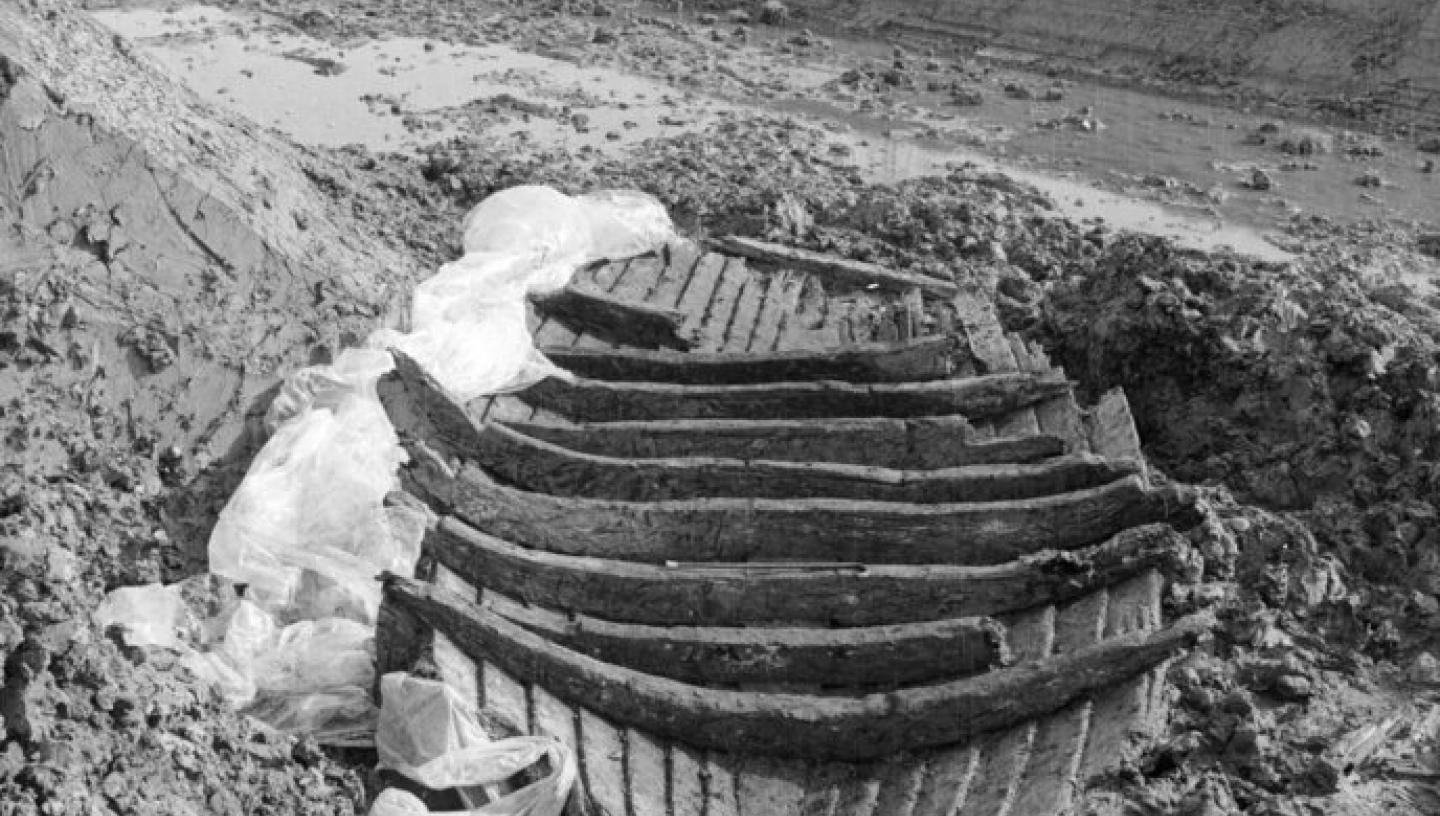
The origin of the collection lies in the interests that the founders of the Society for Nautical Research and the National Maritime Museum had in tracing the technological development of watercraft.
Our participation in the excavation of the Anglo-Saxon boat found at Graveney in 1971 precipitated the formation of a specialist department, the Archaeological Research Centre, which carried out fieldwork and undertook the post-excavation research and conservation of resulting finds. Much of this material came to the Museum on loan and has since been returned to the owners.
Since the Centre’s closure in 1986, our policy has been one of beneficial dispersal: attempting to ensure that items from the collection are put to best use for display or research in other institutions in the UK which will provide maximum public access and most sympathetic interpretation.
Five items have been transferred to other museums:
- The Kentmere logboat to Windermere Steamboat Museum
- The Mattersea Thorpe logboat to Bassetlaw Museum, Retford
- The entire assemblage and archive of the Bronze Age Brigg ‘raft’ to the Brigg Heritage Centre, North Lincolnshire Museum Service
- Two early medieval side rudders from Southwold to Southwold Museum and Historical Society
- Artefacts, records, samples and models relating to the Bronze Age Ferriby boats and the Iron Age Hasholme logboat to Hull and East Riding Museum
The remaining items are:
- The entire assemblage and archive of the Anglo-Saxon Graveney boat
- The Iron Age Canewdon paddle
- Interpretative items for the Anglo-Saxon Sutton Hoo ship
- Hull fragments, samples and excavation archives for the River Hamble wreck
Our aim is to transfer the remaining items to the museums which hold the main site archives.
Using our collections for research
The collections at Royal Museums Greenwich offer a world-class resource for researching maritime history, history of art, astronomy and time. Find out how you can use our collections for purposes of research.
